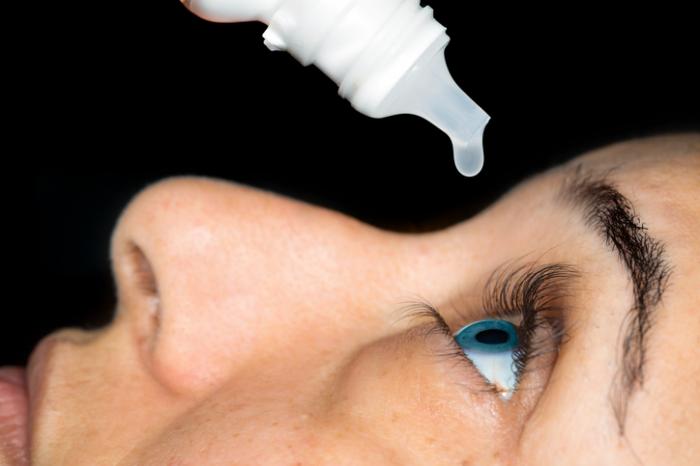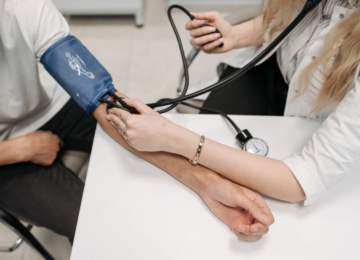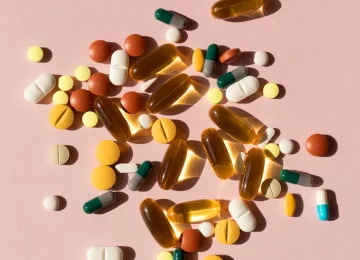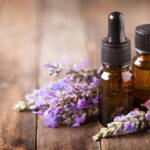If you’re looking for affordable glasses near me and treatment from dry eyes from places like Dr. Tavel Family Eye Care, you were likely told to try eye drops. Dry eye drops are the main treatment for dry eye, which are also known as artificial tears. Eye drops help lubricate our eyes, and there are many different drops to use.
It’s important to note that not all dry eye drops are similar. Here is the different eye drops your eye doctor in Bloomington Indiana probably discussed with you and which are best to use.
Preservatives and Preservative-Free Eye Drops
Eye drops would usually contain preservatives protecting the liquid in the container from bacteria growth, which can occur once opened. Here are some of the preservatives eye drops have:
- Polyquad
- Purite
- Ocupure
- Benzalkonium chloride
- Sodium perborate
Preservatives might irritate your eyes, especially if you have severe dry eyes. For those with moderate to severe dry eyes and use eye drops over four times a day, then it’s best to go for preservative-free eye drops. You can determine whether eye drops are preservative-free or not from the label.
Lipid-Based Drops
There are two kinds of dry eyes:
Evaporative dry eye refers to the watery elements of tears going away quickly due to the oily layers of the eye surface unable to produce enough oil or producing poor-quality oil. This is more common than aqueous-deficient dry eye.
Aqueous-deficient dry eye occurs when you don’t have enough tears in your eyes. Inadequate tears may be a side effect from medication or caused by disease like Sjogren’s syndrome.
If you have evaporative dry, you’re better off with eye drops containing lipid-based ingredients. Such ingredients include castor oil, hydroxypropyl-guar, mineral oil, or glycerin.
If artificial tears don’t help the dry eye, you can consider using over-the-counter eye gels or ointments. Gels are the next step after artificial tears, while ointments are the thickest formula. Since gels and ointments are thicker, they last longer, though it may also make it more difficult for you to see after use. That’s why it’s best to use these products before bedtime.
Electrolytes
These are essential minerals such as calcium, sodium, and potassium. Lubricating eye drops usually contain these, which are part of our natural tears. Electrolytes help improve our eyes’ surfaces, too.
What Eye Drops to Avoid
Not all eye drops available over-the-counter are artificial tears for dry eyes. Unless your eye doctor recommends and prescribes these eye drops, avoid the following:
- Antibiotic eye drops, which are for eye infections and are usually only available through prescription.
- Allergy eye drops are for eye allergies, which cause itchiness when exposed to dust, mold, or pollen.
- Redness-relieving eye drops are made to treat temporary eye redness from allergies, smoke irritation, or contact lenses. These are only used for a short time.
Wrapping It Up
Before you use eye drops for dry eyes, consult your eye doctor to see if this is the most appropriate treatment for you and what type to get.












